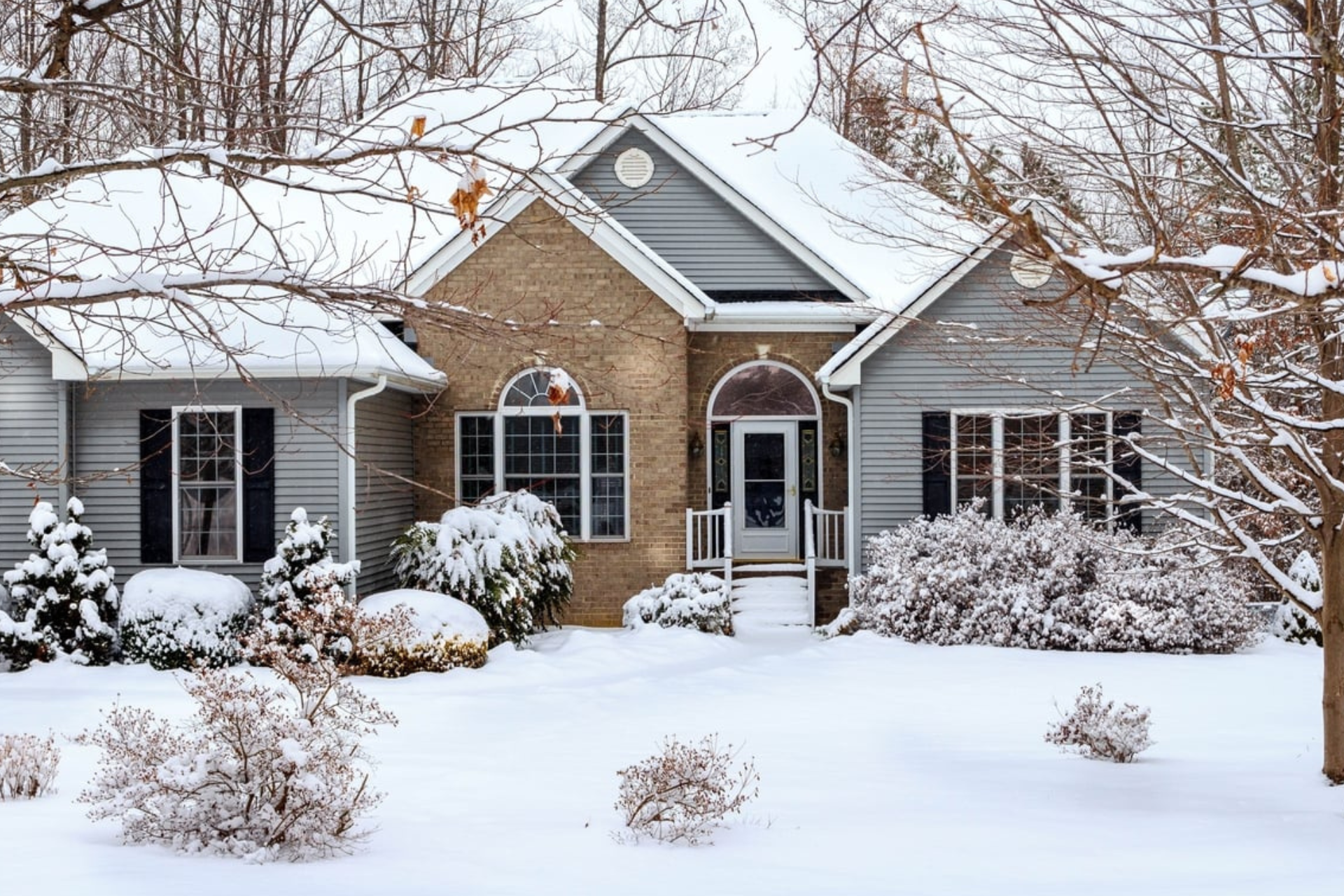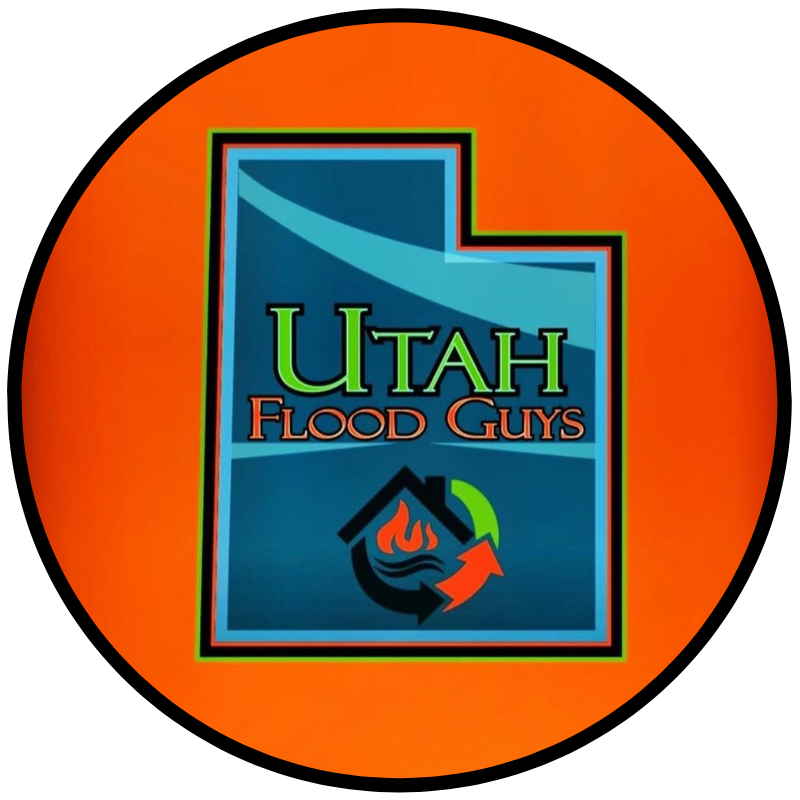Preparing Your Home for Winter: Avoiding Water Damage

As the days get shorter and the temperatures start to drop, it’s time to start thinking about preparing your home for winter. One of the most common issues homeowners face during the colder months is water damage. Water damage can wreak havoc on your property, leading to costly repairs and potential health hazards like mold growth. In this blog post, we'll discuss some practical tips to help you avoid water damage this winter, brought to you by Utah Flood Guys, your go-to restoration company in Utah.
1. Clean Out Your Gutters
One of the most important things you can do to prevent water damage in your home is to clean out your gutters. Leaves, twigs, and other debris can clog your gutters, leading to water overflow and potential roof leaks. Make sure to clear out your gutters before winter sets in to ensure proper drainage and prevent water from seeping into your home.
2. Inspect Your Roof
Check your roof for any missing or damaged shingles that could allow water to infiltrate your home. Winter storms can be brutal on your roof, so a thorough inspection before the cold weather arrives can help you identify and address any issues before they escalate into a major problem.
3. Insulate Your Pipes
Frozen pipes are a common cause of water damage in winter, as the water inside them can expand and burst the pipes. To prevent this from happening, make sure to insulate your pipes, especially those in unheated areas like basements, attics, and crawl spaces. You can use pipe insulation sleeves or heat tape to protect your pipes from the freezing temperatures.
4. Seal Gaps and Cracks
Inspect your doors, windows, and foundation for any gaps or cracks that could allow water to seep into your home. Seal these openings with caulk or weatherstripping to keep the cold air and water out. By weatherproofing your home, you can prevent water damage and improve your home's energy efficiency.
5. Monitor Your Sump Pump
If you have a sump pump in your basement or crawlspace, make sure it is in good working condition before winter arrives. Test your sump pump by pouring water into the sump pit and ensuring that it is pumping water out properly. Consider installing a backup sump pump or a battery-powered backup system in case of a power outage.
6. Keep Your Home Warm
Maintaining a consistent temperature in your home can help prevent frozen pipes and water damage. Set your thermostat to at least 55 degrees Fahrenheit, even if you're away from home, to ensure that your pipes stay warm and water keeps flowing.
7. Know How to Shut Off Your Water
In case of a water emergency, it's crucial to know how to shut off your water supply. Locate the main water shut-off valve in your home and make sure it's in working order. Knowing how to turn off the water quickly can help minimize water damage and save you from costly repairs.
By following these simple tips, you can protect your home from water damage this winter and enjoy a cozy, stress-free season. If you do experience water damage in your home, don't hesitate to contact Utah Flood Guys. Our experienced team is here to provide prompt and professional water damage restoration services in Utah, including mold removal and fire damage cleanup. Stay safe and prepared this winter!
Remember, it's better to be proactive in preventing water damage than dealing with the aftermath. Stay warm, stay dry, and have a wonderful winter season!
You might also like
Utah Flood Guys Blog



